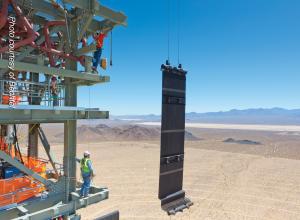Engineers and constructors adapt to serve an industry in transition.
Michael T. Burr is Fortnightly’s editor-in-chief. Email him at burr@pur.com
Back in the old days, the process of designing and building a power plant—or a transmission line or gas pipeline for that matter—was relatively straightforward. A utility company put its engineering and project management staff on the task, and they’d handle the full scope of project design, construction, and startup. They’d outsource construction to job crews, of course, but the project was handled by utility staff from beginning to end.

Then came deregulation.
As lawmakers opened up wholesale energy infrastructure to competition, a new crop of owners brought a new approach. Non-utility developers outsourced entire plants to engineering, procurement, and construction (EPC) contractors. That approach shifted risks onto third-party design-build firms, and allowed the owners to obtain non-recourse project financing on the strength of a fixed-price, date-certain contract, and a power purchase agreement (PPA) with a utility company.
It also provided access to world-class engineering and construction (E&C) skills, as well as global procurement, logistics, and project management expertise that no upstart developer could touch with a 100-foot crane. And, as it turns out, neither could even the biggest U.S. utility company.

